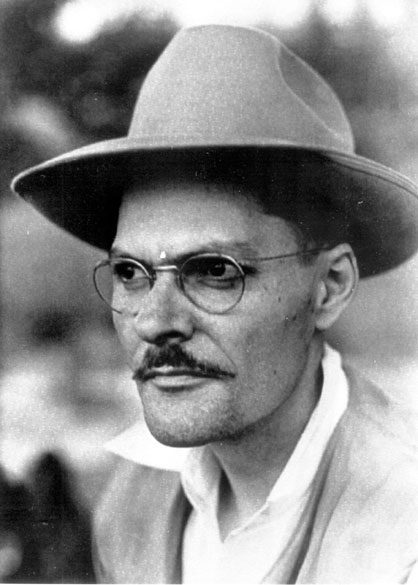
Paul W. Klipsch was not merely a name in the annals of audio engineering, but a defining force that encapsulated an era. His resonance was felt in the symphonies of operas, the chords of classic rock, and the subtlest notes of jazz. His life story, analogous to the rich tapestries of sound he so loved, harmonized innovation, artistry, and an unyielding passion. While countless visionaries have graced the realm of music and acoustics, Klipsch’s meticulousness and dedication to the craft positioned him in a league of his own. He wasn’t just revolutionizing speakers or stereos; he was recalibrating the way humanity experienced music, orchestrating an era where sound fidelity wasn’t a luxury but a necessity.
Childhood and Early Inspirations
Elkhart, Indiana, on March 9, 1904, witnessed the birth of this prodigious mind. His lineage bespoke of a deep-rooted connection with the worlds of engineering and academia. His father, Oscar Colman Klipsch, was not just an instructor but a beacon at Purdue University’s mechanical engineering department, ensuring that the principles of precision and inquiry were passed on. On the other hand, his mother, Minna Eddy Klipsch, provided the stability, warmth, and nurture that would shape Paul’s resilience and character.
However, the narrative took a sorrowful turn early on. The untimely demise of his father was a shockwave, an experience that might have derailed many. But for young Paul, this became a cornerstone, reinforcing a determination that was already brewing. The subsequent relocation journey, first to the historical town of Silver City, New Mexico, and then further, accompanying his mother to the bustling cityscape of El Paso, Texas, was instrumental. Each city, each experience, layered his perspective, honing a unique blend of grit and creativity.
First Foray into Radio Technology
The Roaring Twenties was not just a decade of economic prosperity and cultural explosion; it was also an age of technological marvels. And even amidst this transformative era, Klipsch’s feats stood out. The 15-year-old, from the confines of his makeshift workspace, constructed a radio receiver. This was not just any youthful experiment; it was a significant technological accomplishment. After all, it was a precursor, crafted a year before the historic moment when commercial U.S. radio broadcasts would first crackle into homes.
A fire was lit, and there was no dousing it. This early tryst with radio technology was a harbinger of things to come. As Klipsch delved into the formal world of academia, he chose a path that was almost preordained: electrical engineering. New Mexico Agriculture and Mechanical College became the crucible where his foundational knowledge was solidified, leading to his undergraduate degree in 1926. The corridors of General Electric soon beckoned, offering a platform where theoretical knowledge met real-world challenges. Here, Klipsch wasn’t just another engineer; he was the mastermind behind radio designs that would soon be emblazoned with the iconic RCA stamp.
From Radio Design to South American Mines
But a singular path was never Klipsch’s style. His thirst for knowledge and his penchant for challenges led him on an unexpected journey to the rugged terrains of South America. Swapping sound waves for locomotives, Klipsch found himself deep in the copper mines of Chile. It wasn’t the speakers or the stereo systems but the massive machines of the mines that demanded his attention. This phase, though seemingly detached from his primary passion, underscored Klipsch’s versatility. It highlighted a professional dexterity that transcended domains, proving that the maestro of acoustics was also adept at taming the behemoths of the mining world.
This expansive journey, from the heartlands of Indiana to the mines of Chile, wasn’t just a professional expedition. It was a voyage of self-discovery, of understanding the multifaceted dimensions of sound and engineering, of realizing that innovation is not confined to laboratories but is an ever-evolving dance between passion, persistence, and ingenuity.

The Stanford Years and Beyond
As the 1930s dawned, the corridors of Stanford University became a significant chapter in Paul W. Klipsch’s ever-evolving narrative. Graduating with an MS in Electrical Engineering, Stanford not only enhanced his academic proficiency but also brought him face-to-face with contemporary luminaries. As he engaged in intense academic discourse, his horizons broadened, and his vision clarified.
Yet, in a twist that few could have anticipated, the fresh Stanford graduate veered away from the expected path. Instead of delving deeper into the world of sound, Klipsch found himself amidst the bustling oil fields of Houston, Texas. The move wasn’t a departure from his love for engineering but rather an expansion of it. As a geophysicist, Klipsch navigated the subterranean world, understanding and harnessing the Earth’s seismic patterns. His work in oil exploration was marked by innovations, earning him respect and patents in a field far from acoustics.
However, the allure of sound was omnipresent. Between his commitments in geophysics, Klipsch nurtured an idea. He speculated about the profound impact room dynamics could have on sound. The corners of a room, he surmised, could amplify sound, making it more vibrant and authentic. This wasn’t just a fleeting thought but an obsession that he continually refined.

War-time Experiments and Innovations
The world, however, was changing. The shadows of World War II began to stretch across nations, and like many of his generation, Klipsch too answered the call of duty. Enlisted in the U.S. Army, he found himself in Hope, Arkansas, at the Southwest Proving Grounds. These grounds, echoing with the sounds of munitions tests, became the unlikely backdrop for Klipsch’s groundbreaking audio experiments.
Klipsch, ever the innovator, balanced his military duties with his audio explorations. The corner horn speaker design, a concept he had been toying with, found its most ardent testers in his fellow servicemen. Klipsch’s quarters, equipped with the prototype, often had officers and soldiers alike, immersing themselves in the sound quality that was unparalleled for its time. Amidst the stark realities of war, Klipsch’s innovation offered a brief respite, a momentary escape to a world defined not by conflict but by melody.
His dedication during these trying times culminated in the perfection of the corner horn speaker design. This was not merely a technological advancement; it was a symbol of hope and the indomitable human spirit. For those who experienced it, Klipsch’s design wasn’t just about sound. It was about memories, emotions, and the promise of a peaceful tomorrow.
As the tumultuous 1940s came to a close and the world began its slow journey towards healing, Paul W. Klipsch stood at a pivotal juncture. Armed with a design that had been refined in the crucible of war, he was poised to revolutionize the world of audio engineering, promising a future where sound wasn’t just heard but felt.

The Birth of Klipschorn: A Revolution in Sound
Post-war Hope, Arkansas, became more than just a recovery ground for the aftermath of a global conflict; it transformed into the epicenter of an auditory revolution led by Paul W. Klipsch. The nondescript town, with its quiet streets and southern charm, held a secret in its heart—a tin shed inconspicuously nestled behind a local dry cleaner. It was here that the genius of Klipsch came to life, echoing his unparalleled passion for perfection.
Inside this humble workshop, one could witness a master at work. Klipsch painstakingly crafted the Klipschorn speaker, an avant-garde piece of acoustic brilliance. His devotion to detail and design was not about mere aesthetics; it was about chasing the pure, unadulterated resonance of sound, a quest to bridge the gap between recorded audio and live performance. Each Klipschorn speaker was a testament to this obsession. Remarkably, the fundamental design was so advanced and so in tune with acoustic perfection that it stands the test of time, with its core principles enduring over seven decades with minimal alteration.
Yet, Klipsch wasn’t just a man ensconced in his workshop. His work ethic was exemplary. Before the name “Klipsch” became synonymous with top-tier audio equipment, every single speaker that left his shed had been personally crafted, tested, and approved by Klipsch himself. It wasn’t until 1948, when the demand for his unparalleled craftsmanship began to surge, that he grudgingly took on his first employee to aid in his ever-growing enterprise.

Throughout the 1960s, Paul W. Klipsch was deeply immersed in a continuous process of innovation and refinement in the field of audio engineering. He sought to perfect his designs, persistently driven by a philosophy of uncompromising quality and acoustic precision.
Pioneering the Acoustic Cornerstone: The Klipschorn
In this period, the iconic Klipschorn continued to be a centerpiece of his explorations. He devoted considerable effort to perfecting this already revolutionary speaker. Klipsch focused on enhancing its acoustic properties, striving for a more authentic and natural sound reproduction. The Klipschorn, with its unique corner-horn design, was continuously improved to cater to the evolving needs and preferences of audiophiles and music enthusiasts.

Birth of the Heresy: A Compact Marvel
A notable innovation during this period was the introduction of the Heresy speaker in 1957, which gained significant traction in the 1960s. As a more compact, three-way design, the Heresy embodied Klipsch’s relentless pursuit of acoustic excellence in a smaller, more versatile format. It was originally conceived as a center channel for Klipschorn pairs, but its powerful performance and adaptability made it popular as a standalone speaker, heralding a new era of flexibility and uncompromised sound in diverse listening environments.

Belle Klipsch: The Beauty in Acoustic Design
The 70s saw the introduction of the Belle Klipsch loudspeaker. A delicate fusion of aesthetic appeal and acoustic prowess, the Belle Klipsch symbolized the refinement of audio engineering into a form that was as pleasing to the eyes as it was to the ears. This speaker became an exquisite embodiment of Klipsch’s belief in the marriage of form and function in service of sonic excellence.

Recognition and Legacy
It wasn’t long before the rumblings of Klipsch’s genius reached far beyond the boundaries of Hope. His name started to be whispered reverently in the corridors of audio specialty shops, eventually reaching a crescendo in international forums, academic circles, and industry conclaves. The accolades began to pour in, a testament to his pioneering work in audio engineering. The prestigious Silver Medal from the Audio Engineering Society was not just an award—it was an acknowledgment of his contribution to the world of sound. The year 1983 saw him being enshrined into the Audio Hall of Fame, cementing his legacy among the greats of the industry.
But perhaps, the crowning jewel in his illustrious cap came in 1997 when he was inducted into the Engineering and Science Hall of Fame. This honor wasn’t just a testament to his brilliance in the field of audio engineering; it placed him on a pedestal shared by visionaries who had transformed the world—legends like Thomas Edison. To be spoken of in the same breath as inventors and innovators of such caliber was not just an honor; it was a reflection of how Paul W. Klipsch had, in his unique way, shaped the auditory experiences of countless individuals around the globe.
Paul W. Klipsch continued to live a life of tranquility for five more years, gracefully embracing each moment until he reached the remarkable age of 98. His final years were a celebration of a life profoundly lived, leaving an indelible imprint on the world of audio engineering, and embodying the essence of relentless curiosity and innovation.
The Timeless Impact of Paul W. Klipsch
Klipsch’s impact is not restricted to the artifacts displayed in his museum. His influence resonates in the contemporary audio industry, with many professionals and enthusiasts continuing to vouch for the sound quality of his creations. His contributions have set benchmarks that audio engineers today still regard highly, exemplifying excellence in the domain of sound.
The lasting impact of Klipsch is evident not just in the products that bear his name or the museum dedicated to his work, but in the larger audio community’s respect and admiration for his accomplishments. His story remains an enduring testament to the blend of art and science, a combination that has left an indelible mark on the world of sound.
“Audio was a hobby and then a profession, but I still consider myself as an amateur in that an amateur is one who practices his art for love.”
— Paul W. Klipsch












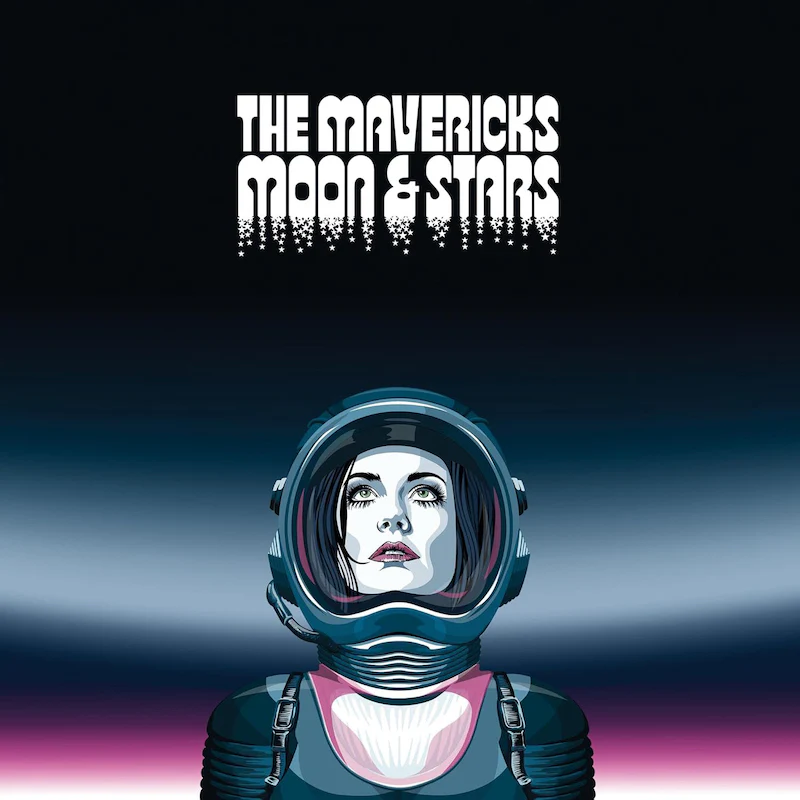


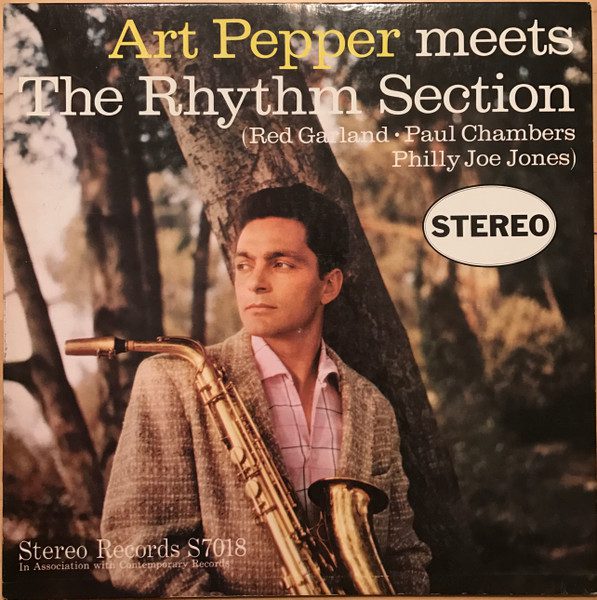
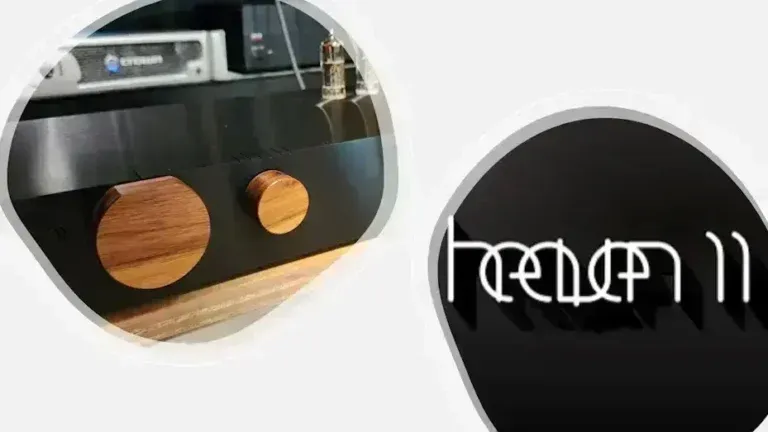
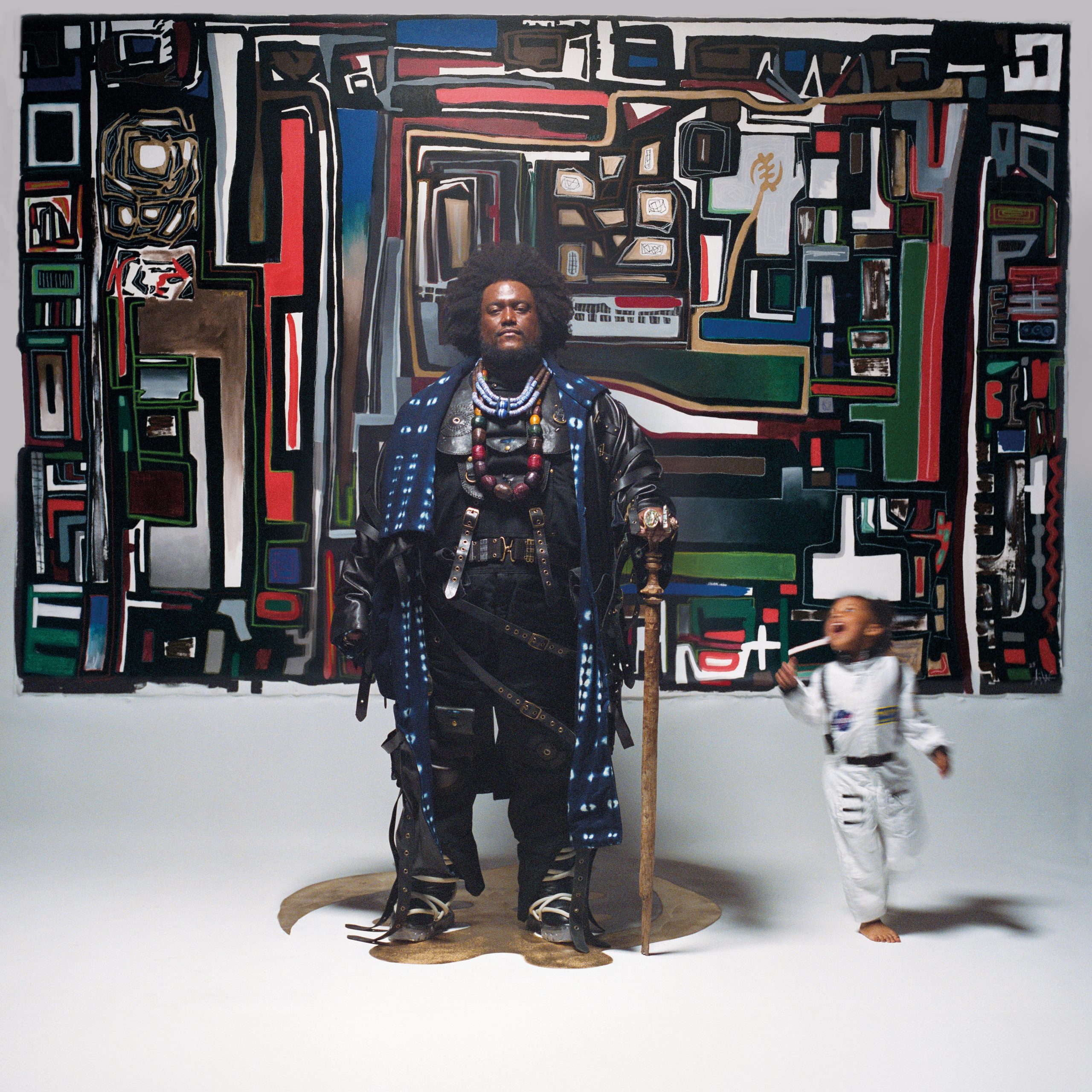
Leave a Reply